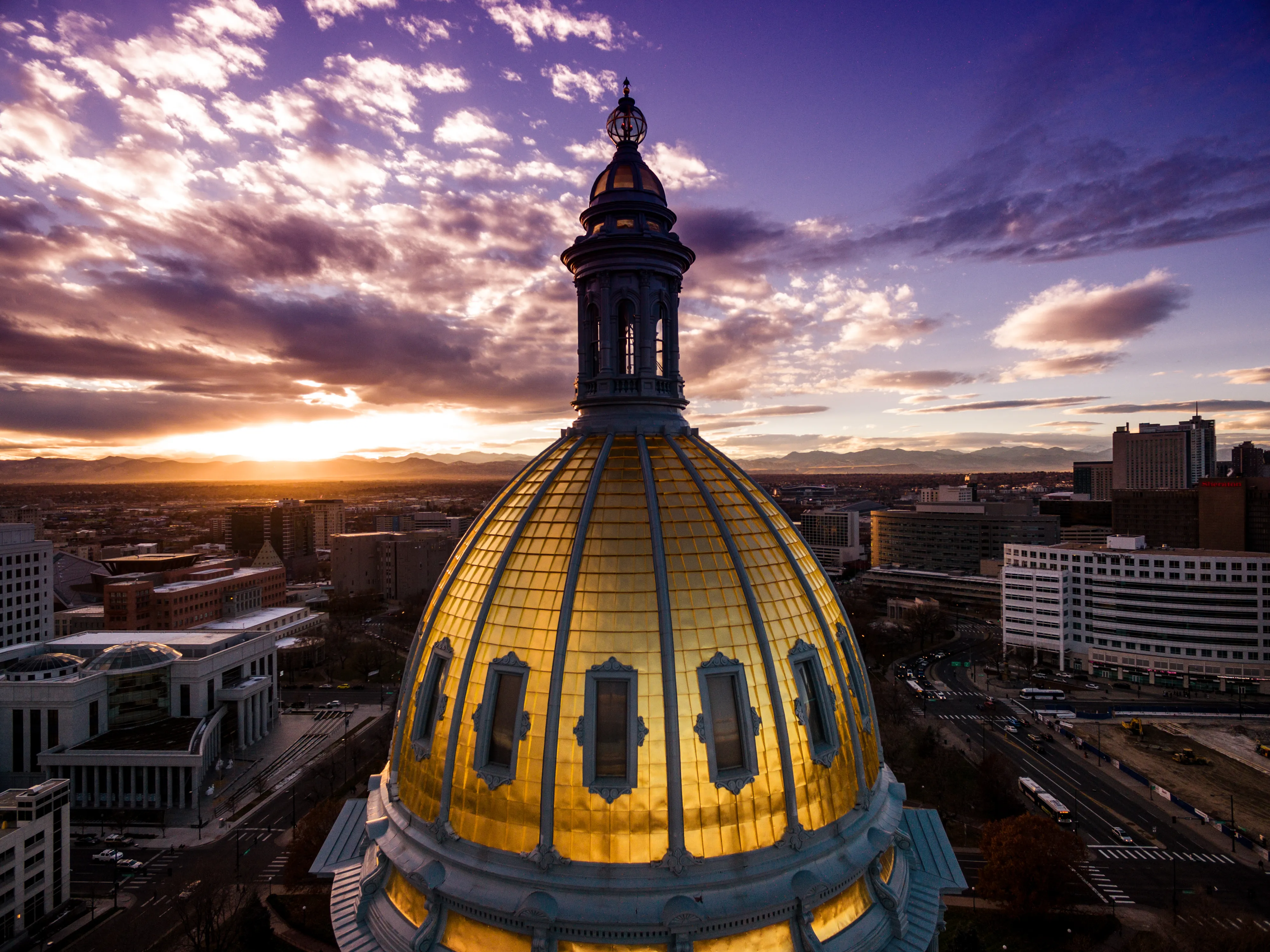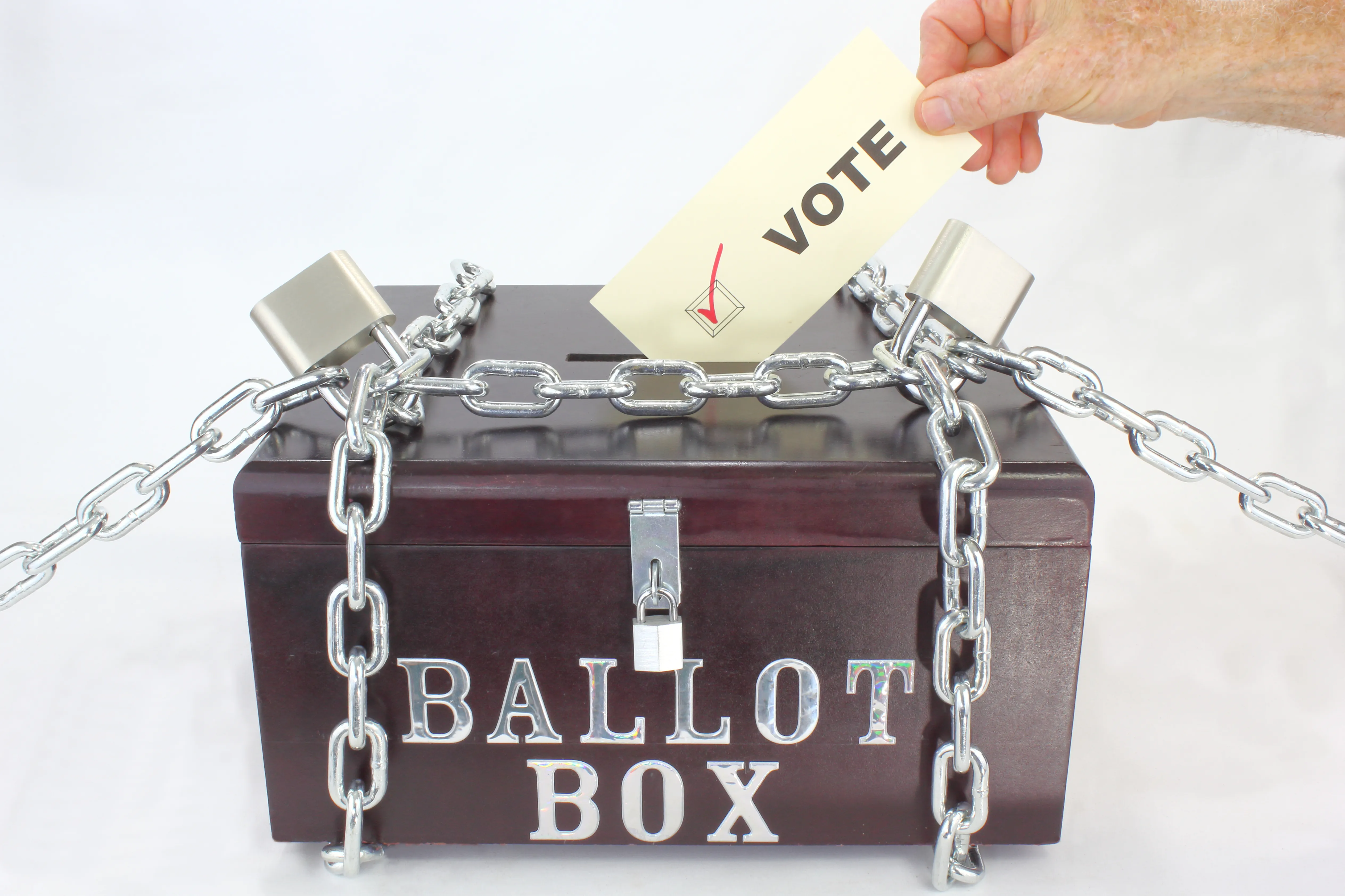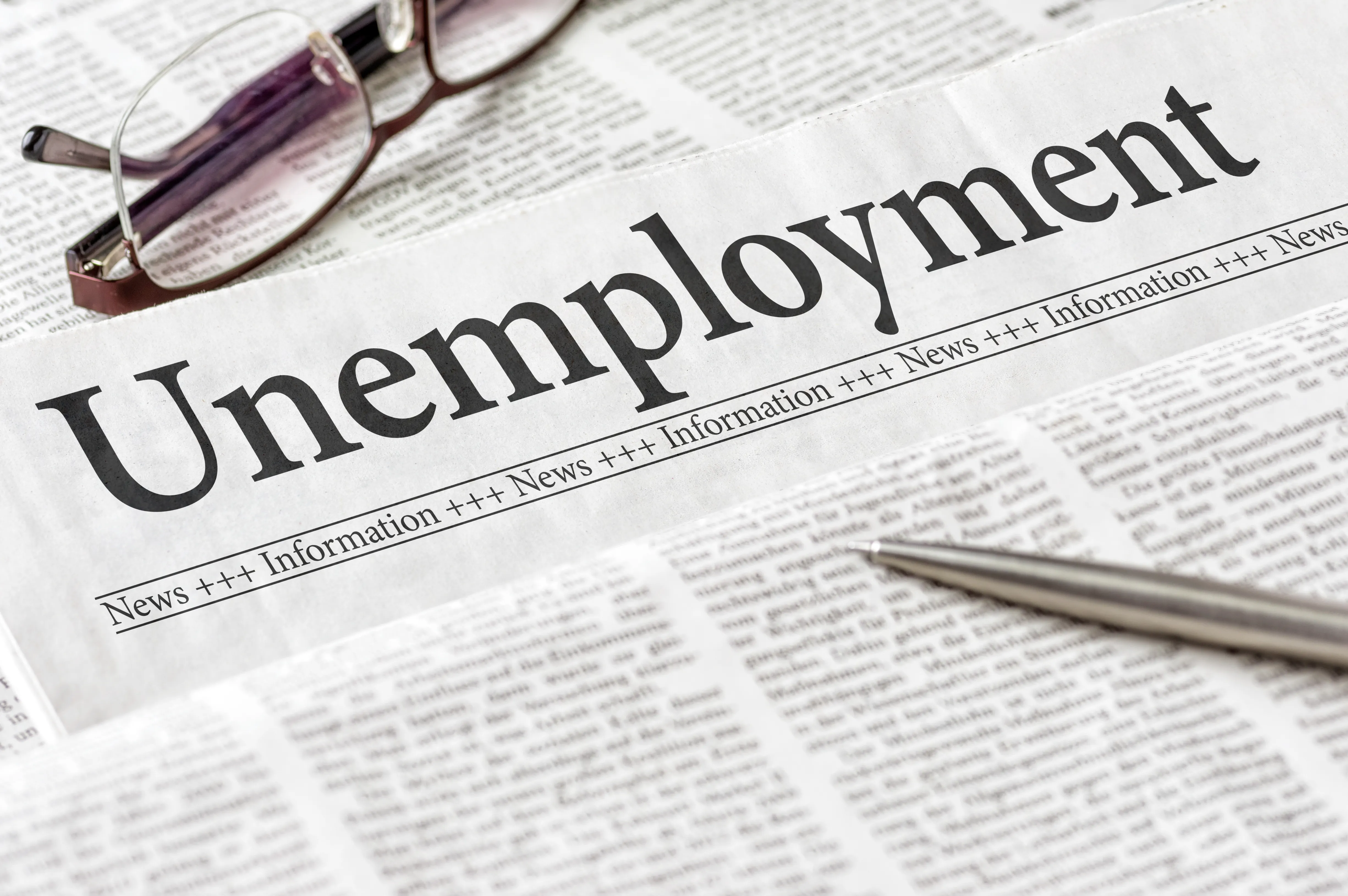
Colorado expected to generate $815M in hotel taxes, up 16.7 percent since pre-pandemic
(The Center Square) – State and local tax revenue generated by Colorado hotels will increase 16.7 percent in 2023 compared to 2019 collections, according to estimates by the American Hotel and Lodging Association.
Colorado’s projected state and local tax revenue will be $815 million this year, an increase of $116 million since the pandemic affected travel in 2020. In 2019, tax revenue was $698 million.
“When there are more taxes being generated, it means the industry is doing well and that’s a good thing,” Amie Mayhew, president and CEO of the Colorado Hotel and Lodging Association said in an interview with The Center Square. “We don’t have a position on anything that should be done or if tax rates should go down. I don’t think municipalities would be in favor of that and I don’t know if that’s something our members would advocate for.”
The only area with a decline in tax revenue will be Washington, D.C., with a 1.1 percent decrease, according to the AHLA. Montana will have the largest increase with a projected 33 percent gain compared to 2019, increasing from $108 million to $145 million.
“The dramatic decline in travel demand in 2020 had a chilling effect on the hotel industry, leading to a loss of $13.2 billion in annual state and local tax revenue,” the AHLA report stated. “But as hotels progress toward recovery, the communities where they operate are being lifted as well. In 2023, U.S. hotels are expected to generate $46.7 billion in state and local taxes. And projected state and local tax revenue for 2023 will surpass pre-pandemic levels in all U.S. states.”
Average hotel occupancy is projected to be 63.8 percent this year, slightly below the 65.9 percent rate in 2019. The rate during the pandemic in 2020 was 43.9 percent, an all-time low.
Colorado is projected to have a 65.1 percent occupancy rate this year, compared to a rate of 67.8 percent in 2019. Alaska, Arkansas, Maine, Montana, New Hampshire, South Dakota, Vermont and Wyoming are projected to have occupancy rates higher this year than in 2019.
Staffing continues to be a problem for the industry as hotels are striving to return to pre-pandemic levels.
“Hotels are making significant strides toward recovery, supporting millions of good-paying jobs and generating billions in state and local tax revenue in communities across the nation,” AHLA President and CEO Chip Rogers said in a statement announcing the research. “To continue growing, we need to hire more people. Fortunately, there’s never been a better time to be a hotel employee, with wages, benefits, flexibility and upward mobility better than ever before.”
The 2023 nationwide projected staffing level (2.1 million) is 11.1 percent lower than in 2019 (2.4 million), according to the report. The association reported more than 100,000 jobs are currently open throughout the nation’s hotels. As of December 2022, the average hourly wage was $23.
In Colorado, the 2023 projected hotel staffing level (46,879) will be approximately 11 percent below 2019 levels (52,875). Washington, D.C., is projected to have the largest staffing decline at 19.2 percent.
















